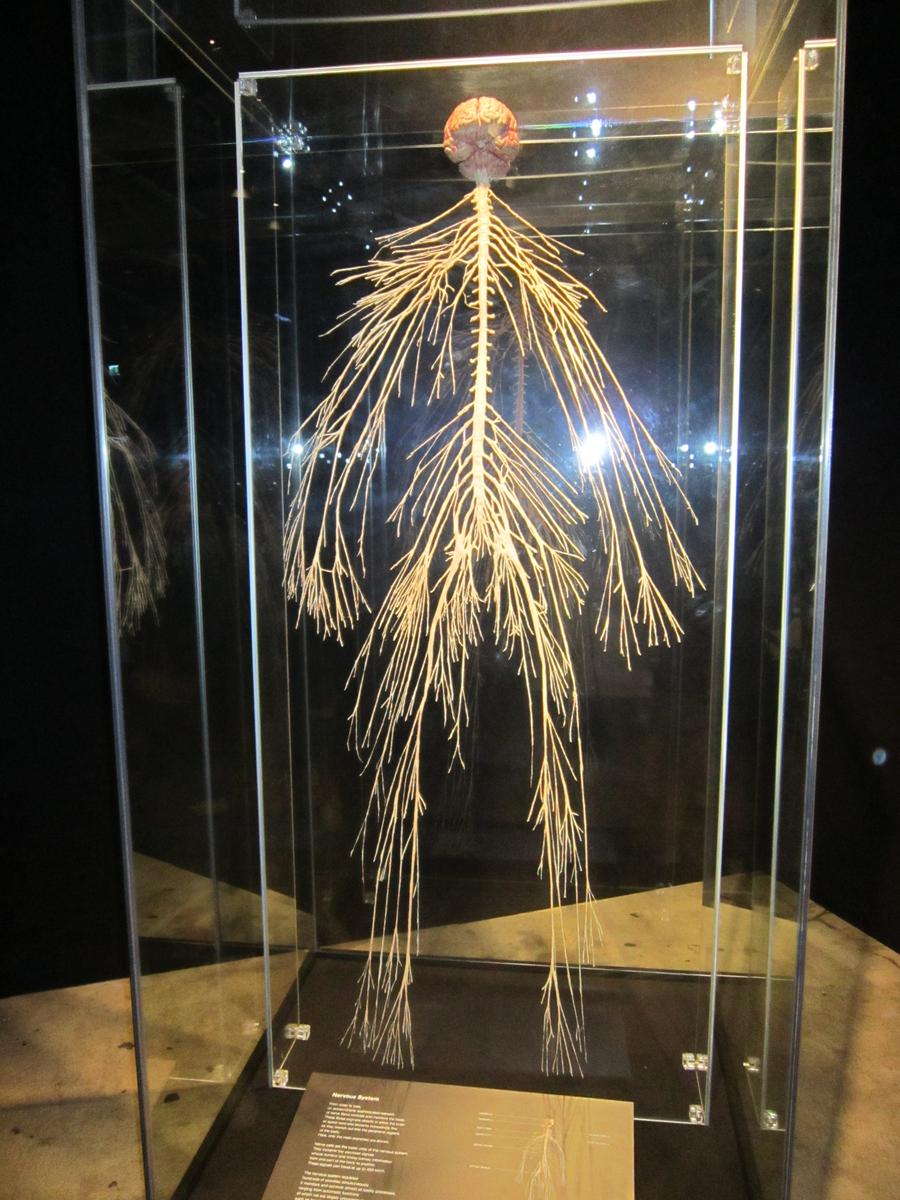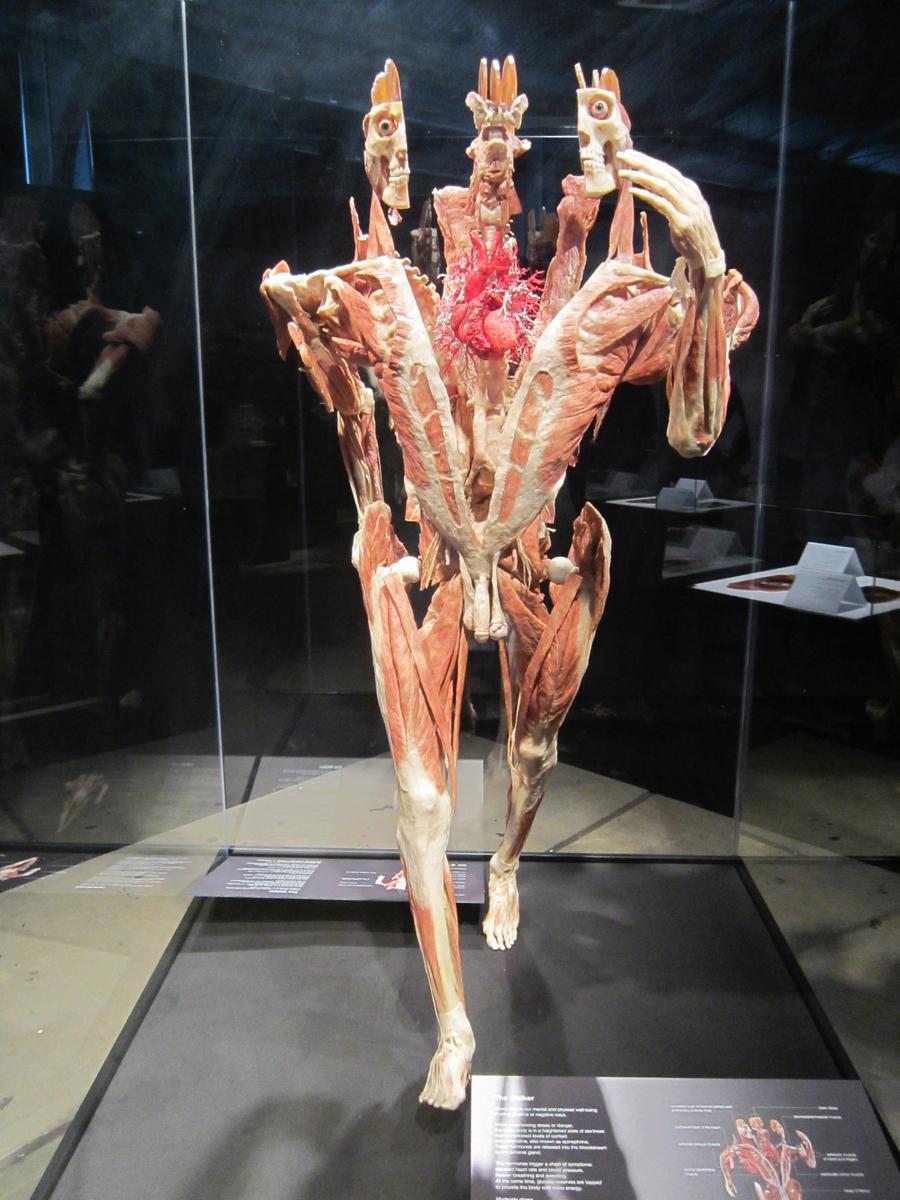BODYWORLDS EXHIBITION

On Thursday November 8th, students in 9A and 9H took part in an excursion to the Body Worlds Exhibition at the Melbourne Showgrounds. Students had been learning about body systems and had conducted eye and brain dissections in school to learn about the Sensory System and the Nervous System. This exhibition was well timed as it complemented their coursework on human body systems.
The students were able to see exhibits depicting the Skeletal System, the Muscular System, the Nervous System, the Respiratory System, the Cardiovascular System, the Digestive System and the Reproductive System. The Body Worlds exhibition allowed students to explore the mysteries of the human form. With a focus on preventative health management, this world-renowned exhibition made the connection between a healthy lifestyle and physical well-being. By allowing an in-depth exploration of the human body, the Body Worlds exhibition presented anatomy in a way never experienced through conventional textbooks, educational tools and lessons in the classroom. The primary goal of the exhibition creators, Dr. Angelina Whalley and Dr. Gunther von Hagens, is preventive healthcare. The exhibition taught the students about the inner workings of the human body and showed them the effects of healthy and unhealthy lifestyles. It also inspired the students to become more aware of the fragility of their bodies and to recognize the anatomical individual beauty inside each of us. The Body World exhibition contained real human specimens, including a series of fascinating whole-body plastinates as well as individual organs, organ configurations, blood vessels and transparent body slices. The plastinates took the visitor on an exciting journey under the skin. It provided wide-ranging insights into the anatomy and physiology of the human body. In addition to organ functions, common diseases were described in an easily understood manner by comparing healthy and affected organs.
The exhibition showed the long-term impact of diseases and addictions, such as tobacco and alcohol consumption, and demonstrated the mechanics of artificial knee and hip joints. Individual specimens were used to compare healthy and diseased organs, i.e., a healthy lung with that of a smoker, to emphasize the importance of a healthy lifestyle. Life-like posed whole-body plastinates illustrated the positions of these organs inside the human body. Although the exhibition was confronting at times, the students showed high levels of interest, maturity and respect for the sensitive nature of the exhibition.
On returning to school, the worksheet questions on body systems served as a useful educational tool to further the students understanding of human body systems. Thanks should go to Thomas Patton and Jon Hicks who accompanied the students on the excursion.
Michael Hardiker - Science/Maths Teacher



